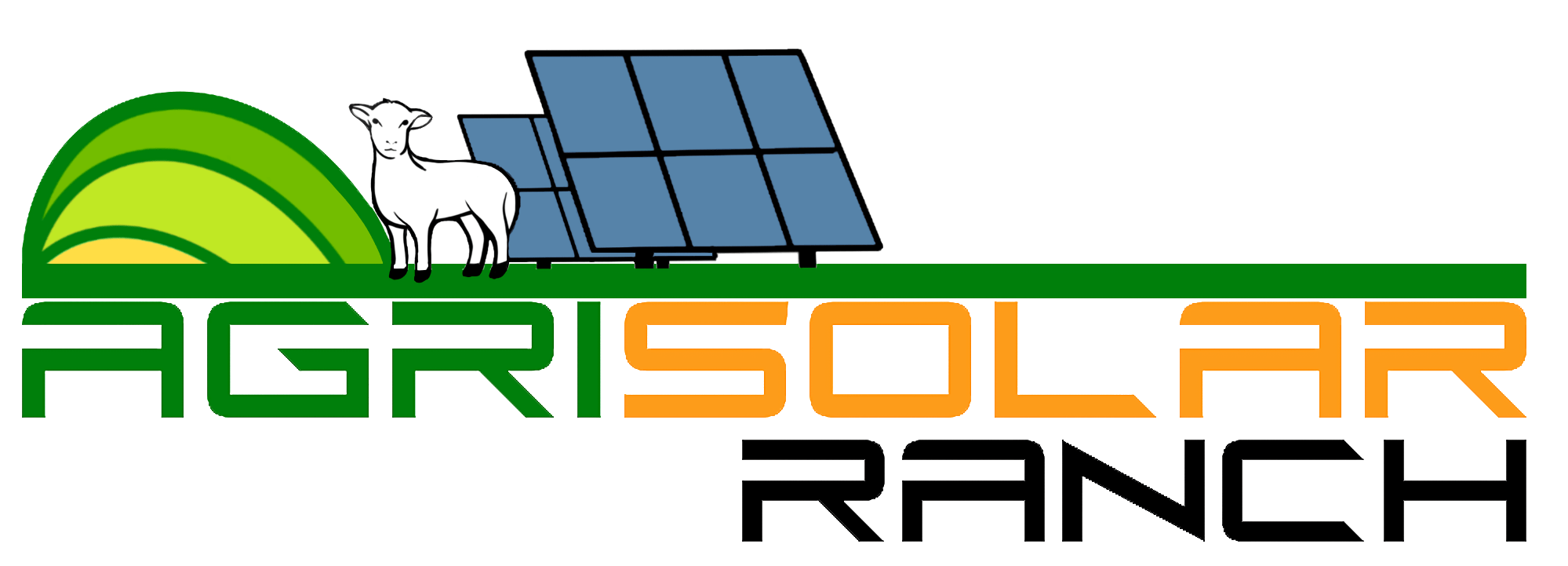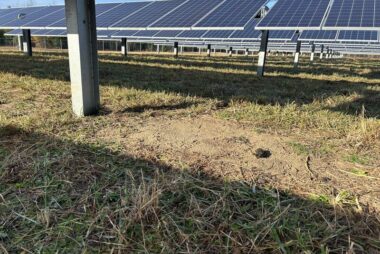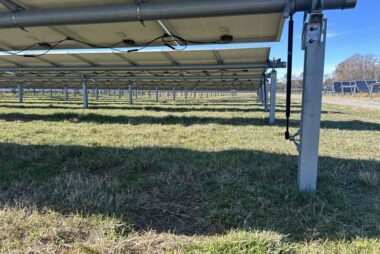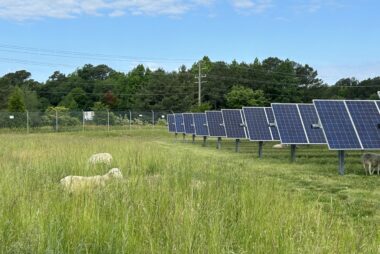The relationship between utility-scale solar farms and property values is often a topic of debate, particularly in communities where these projects are proposed. Concerns about declining property values frequently surface during public hearings, reflecting the uncertainty that surrounds the visual and economic impacts of large solar installations. Recent research focusing on over 70 solar projects in the Midwest sheds light on this issue, offering insights that challenge some common assumptions. The study found that solar farms are often built in areas with slightly lower property values, but those values tend to increase modestly by about 0.5% to 2% once the projects are operational. This increase is likely tied to the economic benefits solar farms bring, such as tax revenues for schools, local job creation, and community engagement efforts by developers. Smaller projects, especially those around 5 MW, showed a greater positive impact, as they are easier to screen with vegetation and less visually intrusive. While earlier studies suggested solar farms might lower property values, this research indicates that any negative effects are minimal, if present at all. The findings also raise questions about the need for strict setback requirements, suggesting that relaxing these rules could ease development without harming property markets. Though the study had limitations, such as relying on Zestimate data and zip codes, it provides valuable insight. Solar farms, far from being a detriment, may offer modest but meaningful benefits to nearby communities, supporting both local economies and the broader shift to renewable energy. However, the study didn’t account for newer trends like agrivoltaics, where sheep grazing or crops are integrated into solar farms. These practices could add further value to communities by enhancing the agricultural productivity of the land, fostering biodiversity, and creating additional economic opportunities. Future research could explore how these dual-use systems might amplify the positive impacts of solar farms, offering even greater benefits to property values and local economies. Read the whole study here



